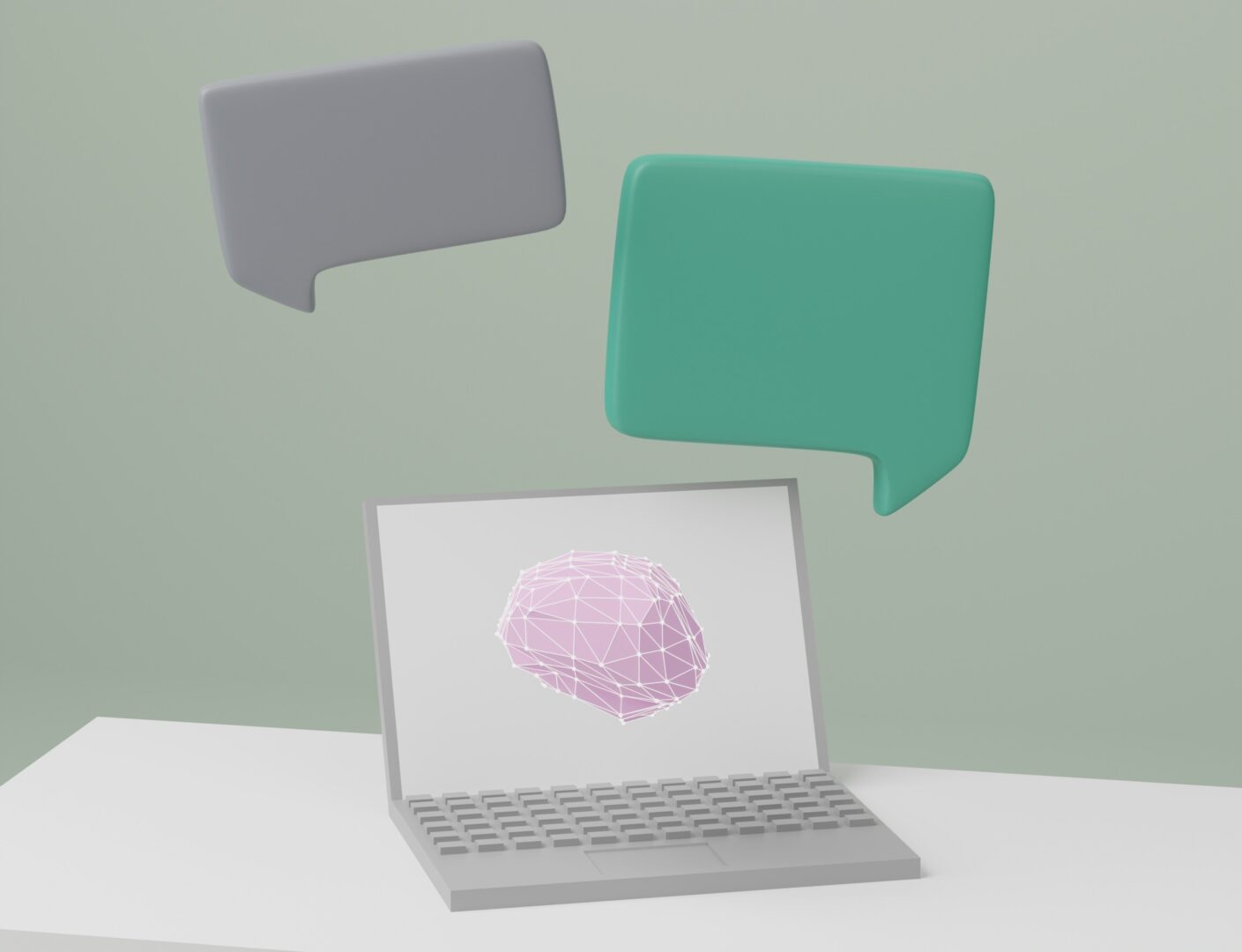Recently, OpenAI’s unreleased “o1” model unexpectedly became available to ChatGPT users, allowing brief access to its new capabilities. For several hours, users interacted with this model, which went beyond the features in ChatGPT-4o. This limited exposure was enough to reveal new functions, particularly in handling images and tackling more complex tasks.
Some users stumbled upon “o1” while going through ChatGPT’s model options and made adjustments that revealed the model’s unique features. During this time, “o1” demonstrated deep contextual understanding, high-level processing for images, and an extended memory range. Access to the model was cut shortly after, but not before people started talking on social media and tech circles.
With no official announcement from OpenAI, questions remain about when or if “o1” will see a full release. The accidental preview has sparked curiosity and discussions around what OpenAI’s next steps might be.
What New Features Did Users Find In “o1”?
The “o1” model impressed users with its advanced visual understanding and ability to handle longer inputs. It could interpret and analyse images in detail, even describing complex elements in photographs and screenshots. Users reported that “o1″ could identify emojis and symbols accurately, something previous versions struggled with.
With a context capacity reaching up to 200,000 tokens—far more than the 32,000 tokens available to ChatGPT Plus users—”o1” keeps interactions consistent over extended exchanges. This ability makes it useful for discussions that require a continuous thread, such as in-depth projects or complex multi-step tasks.
These advancements suggest that “o1” was developed with complex problem-solving in mind, making it ideal for users who need an AI that can work through intricate information, perhaps in research, coding, or other demanding fields.
More from News
- Cat Food Brand Fuzzball Celebrates Winning The Largest Prize In E-Commerce History
- What Is Truth Social, And Who Uses It?
- Google Cloud And Plexal Partner To Help Security Startups
- SpyCloud Enhances Investigations Solution With AI-Powered Insights
- Is Trump Creating An AI-Powered Search Engine?
- HostBreach Offers Free Cyber Snapshot For CMMC Compliance
- Is Recruitment In The UK Picking Up Again?
- How Can Tech Help Cut Electricity Bills In The UK?
Why Is It Different From The Earlier Models?
The “o1” model takes a thoughtful, thorough process when answering questions, distinguishing it from earlier versions. It processes each part of a query individually, which means less errors and producing responses that feel more precise and context-aware. This careful handling of questions adds depth and reliability to the responses.
Another major difference is “o1’s” ability to remember and build on longer exchanges, which keeps conversations cohesive over time. This feature is useful for those who work on projects that require continuous input and a stable context. Additionally, the model’s advanced visual handling makes it a standout choice for tasks involving both text and images—areas where earlier models had some limits.
When Will The Public Have Access To “o1”?
Although the brief release has generated excitement, OpenAI has yet to announce an official launch date for “o1.” Speculation suggests the model could be close to release, as its functions performed well during the accidental exposure. As discussions around the model grow, users await OpenAI’s decision on making “o1” available.
For now, OpenAI hasn’t revealed if “o1” will be available to all users or be reserved for select groups or API access. Industry observers believe OpenAI may introduce “o1” bit by bit for stability and to gather user feedback before the big release. Given the strong response to this unplanned preview, many hope to see “o1” become accessible before the end of the year.

